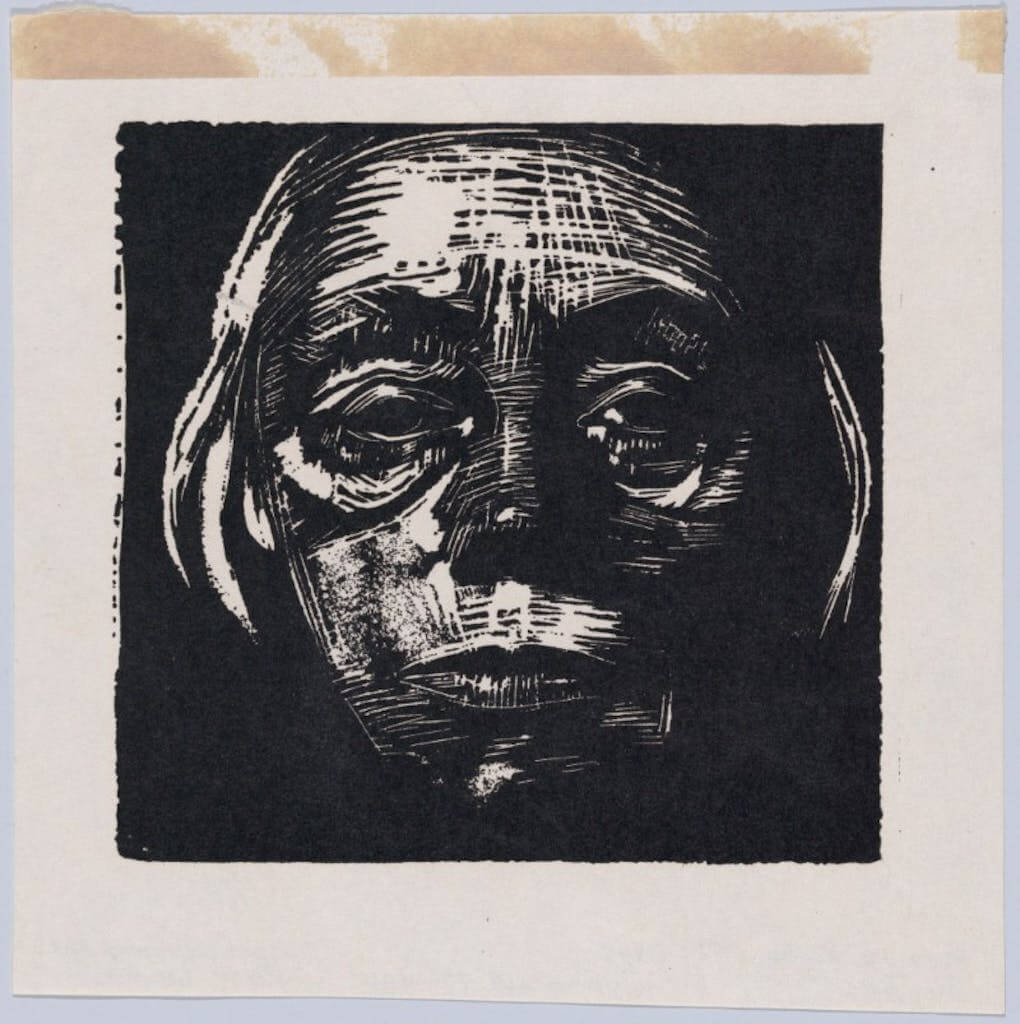“I try to apply colors like words that shape poems, like notes that shape music.” – Joan Miro, Spanish Painter
Color is one of the most powerful tools in design, but it can also be very tricky to use effectively. Since colors evoke different feelings in people, it’s important that you use the right colors to get your message across. While color theory can seem complicated, once you get your head around the basics, it’s much easier to create designs that communicate effectively. So, whether you plan to work with chromatic or achromatic colors, all you need to do is grasp some simple color theory to get started.
To help you understand some key concepts, in this post, we’ll cover chromatic and achromatic colors, and how they work together in design. We’ll also look at how brands have used both types of color schemes in their branding. However, before we deep dive into chromatic and achromatic colors, let’s take a look at some shallow-water color concepts. Come on in!
Three attributes of color
Firstly, there are three properties of color that will help you understand different color schemes and how to use them. Say hello to hue, lightness, and saturation.
Bonus: The Fundamentals of Understanding Color Theory
1. Hue or Pure Color
A hue or pure color is simply a shade of color on the color wheel. For example, red, yellow, green and blue.
Bonus: Hues, Tints, Tones, and Shades: What’s the Difference?
2. Lightness
Lightness, as you might assume, is the property of color that describes the degree of brightness. Colors are graded in relation to the amount of light they reflect. For example, yellow (a color that reflects a lot of light) has a high lightness value. Blue, on the other hand, does not reflect a lot of light, so it has a low lightness value.
Another fascinating effect of color is how it affects other shades around it. In respect of lightness, the brightness of one color often ends up affecting the lightness of the color adjacent to it!
Also known as value contrast, artist Annamieka explains this concept in the best way:
Understanding value contrast can help you add a new dimension to your own art. Value contrast refers to the amount of contrast between two areas of different value. It’s the relationship between a light area and a dark area. There can be high contrast (a big difference between light and dark) and/or low contrast (not a big difference between the light and dark). Käthe Kollwitz’s Self-Portrait is a great example of high contrast. There is bright white as well as deep, dark black. The effect of this high value contrast is that it really pops.

3. Saturation
Saturation is what expresses the vividness of a color or a hue. If you see a vivid color, it means it has a high saturation, while a dull color has a low saturation. As a result, the same color with the same level of lightness may appear clearer depending on its saturation levels.
Bonus: The Best Ways to Use Triadic Colors in Design
The Munsell Color System
Achromatic and chromatic colors both have dark and light colors. American art instructor and painter Albert H. Munsell developed a color system that defines colors by measured scales of hue, lightness, and saturation. These attributes each correspond respectively to dominant wavelength, brightness, and strength or purity. The values on the system range from 0 for pure black (a color that does not reflect light) to 10 for pure white (a color that reflects all light.)
Now that we all have all that background about the properties of color, it’ll become easier to understand the concepts of chromatic and achromatic color schemes. Let’s dive in!
What are chromatic colors?
In simple terms, chromatic color schemes include all shades except for black, white and their mixture, grey. Their properties include:
- colors in which only one particular wavelength of light dominates
- colors that have even the slightest saturation or vividness
- and/or colors that are pure colors or hues, for example, blue, green, yellow, red, etc.

What are achromatic colors?
Achromatic colors are all shades of black, white, and grey, and these schemes feature:
- colors that contain all wavelengths of light within them
- colors that have no saturation or vividness
- and/or colors that have no dominant hue. For example, white, black, and grey.
However, lightness is a property that exists within both chromatic and achromatic colors in varying degrees. Therefore, both chromatic and achromatic color schemes contain light and dark colors.

Bonus: Square Color Scheme & Everything You Need To Know About It
How can you use chromatic and achromatic colors in your designs?
Theoretical knowledge is great, but practical application is what makes the difference. Before you start playing around with chromatic and achromatic color palettes, you’ll want to consider the following too:
Color temperature: An attribute of color that helps us associate designs with hot and cold, and the symbolism behind that. The color spectrum from red to yellow consists of warm colors, and they are usually used to indicate motion and heat. They also tend to dominate cool colors when placed next to them. The color spectrum from violet to green consists of cool colors, often used to create a calming effect on the visual.
Chromatic value: The measure of lightness or darkness of a color in the chromatic color scheme is known as its chromatic value. Once you understand that every color comes with its own chromatic value, you can create tints and shades of a particular color to have the desired effects in your design. An achromatic color (black or white) mixed with a chromatic color can give you different tints and shades of color depending on which achromatic color you use.
Tint: To get a tint of a color, you can simply add the achromatic color white to a chromatic color. For example, pink (achromatic white added to chromatic red) is a tint of red.
Shade: To get a shade of a color, add the achromatic color black to a chromatic color. Depending on the amount of achromatic color black you use, it will give you a darker richer shade of the chromatic color.
How brands utilize chromatic and achromatic colors
If you’re a designer and are wondering which color palette is the right one to choose, here’s an assignment for you. Colors no doubt have a great effect on our behavior as viewers. As a designer, you therefore need to imagine how you’re making your viewer feel with your color palettes.
So, take a look at how some big-name brands have used chromatic and achromatic color schemes in their branding below. Assess how it makes you feel as a viewer and try to decide what the designer intended you to associate with the shades used.
Chromatic color scheme in famous logos
In these examples, bright colors have been used to grab attention. Notice how many incorporate both warm and cool shades in their designs to create a balanced look. Some of the logos even show how both chromatic and achromatic schemes can work in tandem with each other to create a truly eye-catching visual. How do these colorful designs make you feel?




The achromatic color scheme in famous logos
These timeless black-and-white examples show how achromatic color schemes can be used to create long-lasting logos. Simple yet effective, these designs utilize the striking contrast between black and white to create depth. This makes the logos stand out for better recognition and adds a sense of authority. Which color scheme do you prefer?




Ready to take over the design world with all the inspiration and information you’ve just received? Head over to Simplified and start building your very own color scheme for your next project!
Explore ready-to-use Achromatic templates on Simplified.
Explore ready-to-use Chromatic templates on Simplified.
















